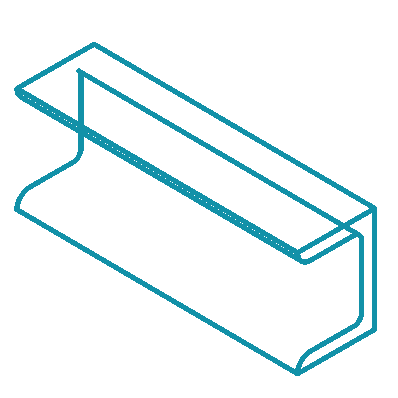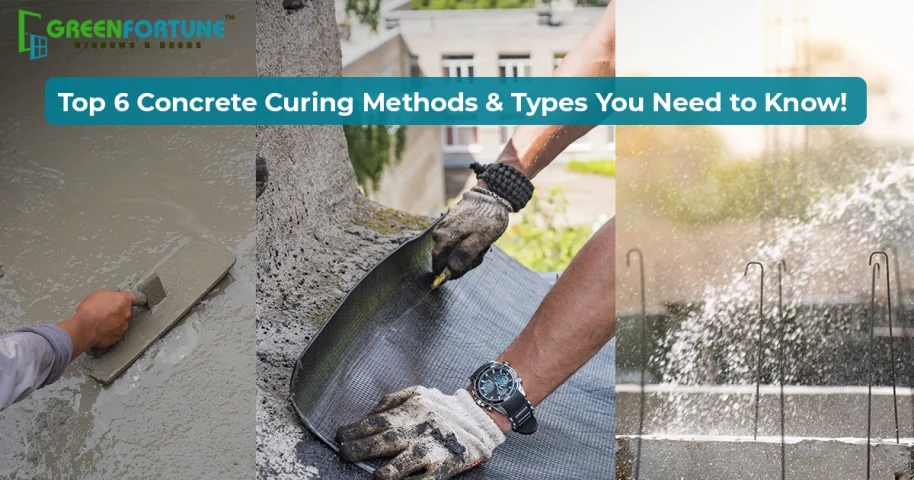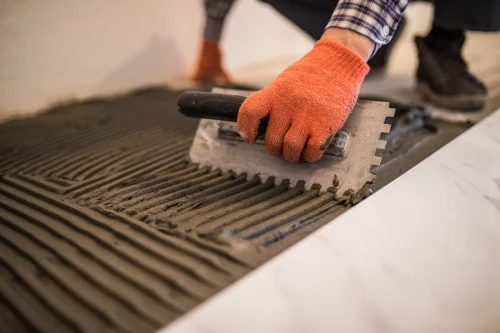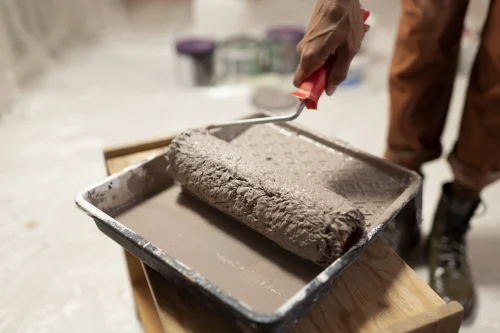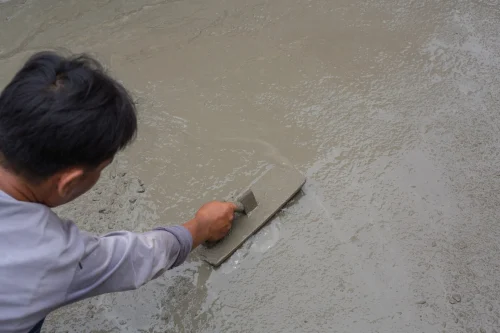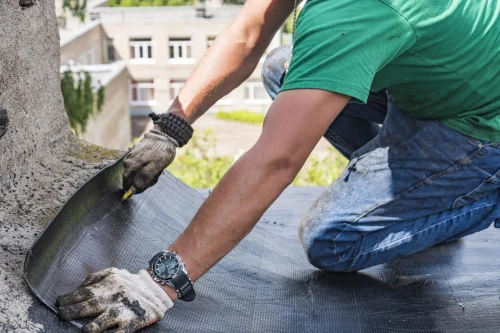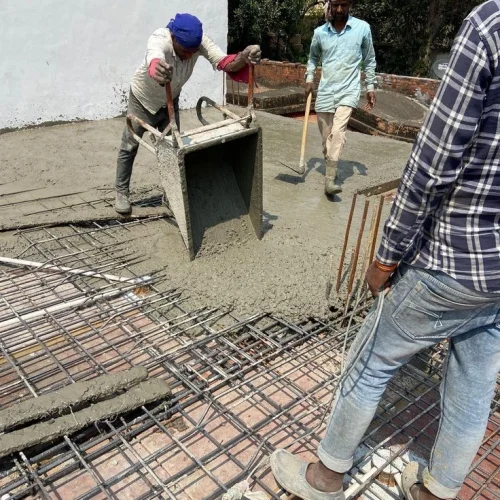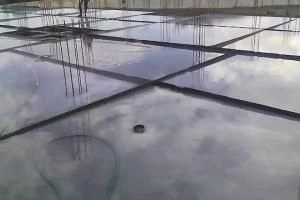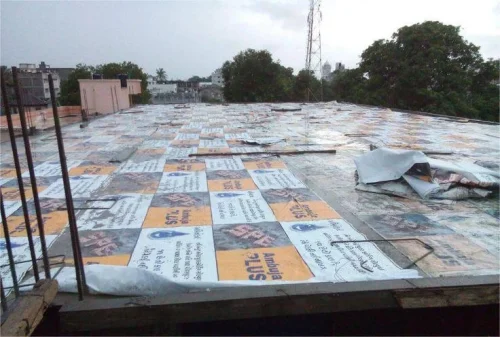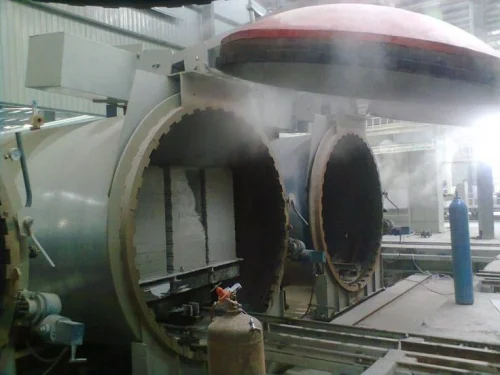
A Complete Guide to Home Demolition in India: Policies and Procedures
May 2, 2025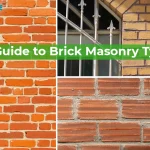
Brick Masonry Types Explained: Mortar, Wall Designs & Bonding Patterns
May 3, 2025Concrete is one of the strongest and durable materials that relies mostly on a process known as curing. At the heart of this process of concrete curing, there are what can be called compounds. These compounds are special materials that are designed to lock in moisture and encourage the concrete to become a solid mass. So, when you’re constructing a house or using concrete for your house project, knowing the types of concrete curing and their methods can help you get that strong and crack-free surface. So, let’s begin!
What Are Concrete Curing Compounds?
Concrete curing compounds are specialised substances that are applied to the surface of a freshly poured cement to prevent the water from evaporating too soon. Now, the aim is to preserve enough water during the cement hydration phase to allow concrete particles to react properly and become strong. So here, the compounds work as a barrier that keeps the cement hydrated, preventing any cracks or scaling in it.
Moreover, the compounds create a thin film over the cement surface and can have different bases like wax, resin, or acrylic. Let’s read more about the types of concrete curing in this guide.
Also Read: Aerated Concrete Block Sizes: Your Complete Guide to AAC Blocks in Construction
Why is Curing Important?
Now, you might ask yourself, “Why is curing important?” Well, curing isn’t just another step in the process; it’s the basis of the cement’s strength. When the cement is poured, the chemical reaction between concrete and water (also called cement hydration) starts. This reaction can go on for days and weeks, gradually building strength. If the water escapes or evaporates too soon, the hydration will not happen. This will leave your concrete base weak, porous, and prone to cracks.
The Types of Concrete Curing Compounds
1. Synthetic Resin-Based
Synthetic-based concrete compounds are created with synthetic polymers such as epoxy or polyurethane. Once this is applied, it forms a continuous membrane over the concrete surface. This type of concrete curing has strong water retention and is resistant to UV rays, making it ideal for industrial and outdoor flooring.
2. Acrylic-Based
Next are acrylic-based compounds that are often water-based and are known for their quick drying and non-glossy finish. This type of cement curing has better moisture balance and less odour than other compounds, also making it compatible with decorative finishes and paints.
3. Wax-Based
Another curing type is wax-based, which forms a glossy layer. Out of other types, wax-based compounds are good for small-scale and aesthetic applications. This compound also creates a sheen on the surface, making it ideal for decorative concrete.
4. Chlorinated Rubber
Among other types of solvent-based compounds, another is chlorinated rubber. Once you apply this, it forms a strong water-retentive film on the concrete surface, acting as a barrier against water loss.
5. Self Curing
Another type of cement curing compound is a self-curing compound that is added directly to the cement mix. They gradually release water during hydration, reducing the need for external water application. Moreover, this type of curing compound helps maintain consistency in concrete curing.
6 Concrete Curing Methods to Know
1. Water Curing
Among the curing methods, this one is most recommended. The water curing method, also known as pounding, involves applying water to the surface of the cement to keep it hydrated. This method of curing is used for large slabs of concrete or sidewalks where hydration is important for better strength.
2. Wet Covering
Another curing method is wet covering. In this, wet materials like a hessian cloth, burlap, or cotton mats are used to cover the cement and are regularly wet to maintain moisture on the concrete surface to avoid it drying.
3. Formwork Curing Method
Source: Pinterest
Among the methods of curing, there is one called formwork curing. In this, the existing formwork or the moulds to shape the cement are used and kept in place for a long time to keep the water within the concrete. Since it is included in the formwork, this method becomes cost-effective. The only thing to keep in mind during this method is not to remove the mould early.
4. Membrane Curing
Source: Pinterest
Another curing of concrete methods includes membrane curing, which uses curing compounds such as wax or resin and sprays them on the surface of the concrete. These curing compounds will form a membrane over the concrete to prevent water evaporation.
5. Sheet Curing
Source: Pinterest
Sheet curing is a concrete curing method that uses plastic sheets or polyethene to seal the concrete and trap the water inside the surface. Typically, these sheets are weighed down at the edges to prevent air and water loss.
6. Steam Curing
Source: Pinterest
Lastly, steam curing is another technique used for concrete curing. This curing method uses an external heavy source to speed up the hydration. In this, the heat is usually brought on through steaming or infrared radiation to increase the strength of the concrete.
Which Curing Method Should You Choose?
For Small Applications:
If you’re using cement for small applications with plenty of water availability, then the water curing method or the wet covering method can be ideal. They can be cost-friendly and effective, and are easy to apply in a small-scale project.
For Larger Applications:
If you have a large project, then membrane curing or formwork curing methods could be effective. These methods of curing can reduce labour and can be useful when you can’t continuously apply water to keep the hydration going.
For Low Cost of Labour & Eco-Friendly Practices:
If you’re looking for more sustainable and eco-friendly concrete curing methods, then sheet curing can be ideal. This method of concrete curing can streamline the process and offer consistent results. Bonus! It doesn’t require much water!
Related Read: What are the stages of house construction?
Final Words:
Concrete curing might not seem like a very important process, but it’s crucial to create a strong base for your surface. It’s the step in the whole construction process that will set the base for the rest of your project, so knowing what the curing process is, the types of concrete curing compounds, and the curing methods used is important. Whether you’re working on a small project or a large-scale construction, using the right curing method can ensure a crack-free, strong, and durable concrete surface!
About Green Fortune uPVC Doors & Windows:
GreenFortune prides itself on delivering the best-quality uPVC doors and windows for your home. Our wide range of products and home improvement solutions can enhance your home’s aesthetic and functionality. Green Fortune products also guarantee sustainability, energy efficiency, high performance, and durability. Choose Green Fortune products for your home needs. Explore more products and home improvement solutions by clicking here.
Frequently Asked Questions (FAQs):
Q: What is the best method of curing concrete?
One of the best methods of curing concrete is wet curing or water curing. For the cement curing to be effective, it should be continuously watered for at least 7 days.
Q: What happens if concrete is not cured?
If concrete is not cured properly, then it will not be strong enough, and there will be cracks and defects on the surface. Without curing, the hydration of the concrete is interrupted, leading to a weak surface.
Q: What is the main objective of curing?
The aim of curing is to prevent loss of water and maintain a temperature to support hydration. Concrete curing is also done to make the cement surface more durable, strong, and crack-free during construction.


